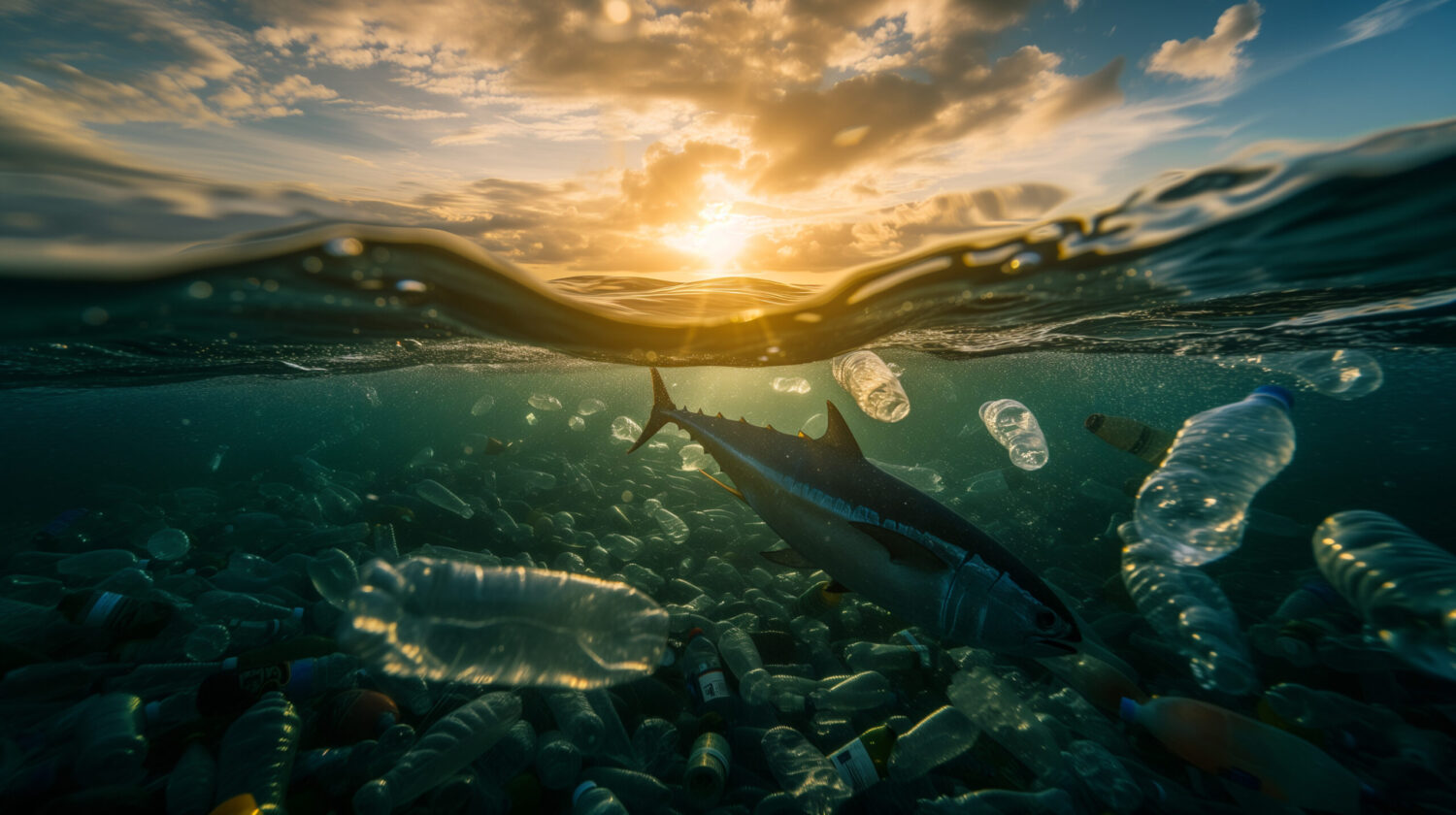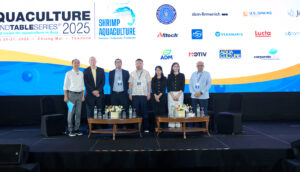Few environmental issues have sparked as much outrage and urgent action as the plastic pollution. Images of plastic-clogged oceans and suffering marine life only hint at the deeper problem. The crisis begins with the production of virgin plastic, fueled by fossil resources, which is a major contributor to climate change. By 2050, plastic’s lifecycle emissions could consume 10–15% of the global carbon budget. Beyond emissions, plastics contain harmful chemicals and microplastics that are infiltrating everything from ocean depths to human bodies, posing negative health risks. According to a 2024 Cornell University study, humans are ingesting and inhaling more microplastics than at any time in recorded history. These pervasive particles have been detected in human blood, lungs, and breast milk.
This article examines the pressing global challenges related to plastic pollution and offers a strategic approach, particularly for Southeast Asia, to effectively address this issue. It also highlights the importance of sustainable packaging within agri-food systems to ensure compliance with environmental standards.
Globally, 460 million metric tons (MMT) of plastic are produced each year, serving countless purposes across industries. Around 20 million metric tons (MMT) of plastic waste enter the environment annually – a number projected to rise sharply by 2040. Agricultural value chains use 12.5 MMT of plastic products each year. A further 37.3 MMT is used in food packaging. The crop production and livestock sectors are the largest users, accounting for 10.2 MMT per year collectively, followed by fisheries and aquaculture with 2.1 MMT, and forestry with 0.2 MMT. Asia is estimated to be the largest user of plastics in agricultural production, accounting for almost half of global usage.
Efforts like clean-ups and recycling have proven insufficient to stem the tide of plastic waste entering our rivers and oceans. In the absence of viable alternatives, the demand for plastics in agriculture is only set to increase, with production expected to double by 2030.
Southeast Asia: A Hotspot for Plastic Pollution
A 2021 report by Lourens J.J. Meijer, published in the journal of the American Association for the Advancement of Science, shows that the highest contributors to plastic pollution are not the countries producing or consuming the most. The highest polluters are countries, that due to their conformation, coastline, rainfall and inadequate waste management systems, carry more plastic to the sea through their polluted rivers.
Well, it’s no surprise that Southeast Asia has emerged as one of the highest plastic-polluting regions in the world. In fact, six of the top ten polluting nations are in this region. The Philippines alone releases 356,371 MT of plastic waste leaking into the ocean each year, representing about 35% of the global total. This record is followed by Malaysia (73,098 MT), Indonesia (56,333 MT), Myanmar (40,000 MT), Vietnam (28,221 MT), and Thailand (22,806 MT). Collectively, these countries contribute over half of the world’s ocean plastic pollution.
Rapid industrialization and high seafood consumption have driven the region, specifically, Indonesia, Malaysia, the Philippines and Vietnam, to the top of the global microplastic uptake rankings. According to a study published in Environmental Science and Technology, Malaysia ranks first among 109 countries, with the average Malaysian consuming 502.3 mg of microplastics daily per capita. Over 50% of this comes from fish consumption, highlighting the connection between the region’s diet and environmental health.
The study also highlights two primary sources of dietary microplastics, i.e., plastic accumulated in food, and material losses during food and drink production, processing, and packaging. These tiny plastic particles, less than 5 mm in size, can contaminate both freshwater and marine environments, spreading through water currents and even air, and eventually making their way into the food chain – posing significant risks to both human health and the environment. Tackling this waste is imperative, not only for the region’s green aspirations but also for the overall health of the planet.
The Biggest Culprits – Big Oil and Big Food
While individuals and governments both play a role in addressing plastic pollution – individuals need to dispose plastic waste responsibly, and governments must enforce regulations to promote sustainable practices – the ultimate responsibility lies with producers. The corporations most responsible for plastic pollution are fossil fuel companies and consumer goods manufacturers that continue to prioritize profits while portraying themselves as “sustainable”, despite their role in the ongoing crisis.
Most people are unaware that 99% of all plastics are derived from fossil fuels, and plastics contribute to climate change at every stage of their life cycle. From the extraction of fossil fuels to the production of plastics, and finally to the disposal of plastic waste, each phase generates significant greenhouse gas emissions. In recent years, major oil companies have made ambitious climate commitments, pledging to cut greenhouse gas emissions and address the climate crisis. Yet, a recent report casts doubt on the credibility of these promises. For decades, plastic producers have positioned recycling as the primary solution to plastic waste, promoting it as both efficient and effective. However, internal records reveal that these companies knew over 30 years ago that recycling was neither economically viable nor capable of significantly reducing waste, despite their public claims. On September 23, 2024, the state of California filed a first-of-its-kind lawsuit against ExxonMobil, alleging that the company has spent decades misleading the public about the efficacy of plastic recycling. The lawsuit alleges that ExxonMobil has known for decades that recycling plastics is both technically and economically impractical, and would have little effect in reducing the vast amounts of plastic waste entering the environment. Despite this knowledge, the company continued to promote recycling as a feasible solution to the plastic waste crisis.
Meanwhile, leading brands like PepsiCo, Unilever, and Colgate-Palmolive have announced that they may not be able to meet their longstanding sustainable packaging goals by 2025. These companies publicly acknowledged difficulties in meeting their targets for recyclable, compostable, and reusable packaging – citing significant challenges such as the shortage of food-grade recycled plastics, lack of recycling infrastructure, and the complexity of making multi-layer packaging materials recyclable.
PepsiCo, for example, projected that while it would achieve 98% of its packaging as recyclable or reusable by 2025, it would still fall short of its 100% goal. Similarly, Unilever scaled back its ambitious targets of halving virgin plastic usage by 2025, revising this to a one-third reduction by 2026. Colgate-Palmolive, too, noted difficulties in achieving its goals due to the rigid nature of flexible packaging materials, which remain hard to recycle on a large scale.
Neutralizing the Plastic Footprint
Southeast Asia is drowning in plastic. The region’s insufficient waste collection and treatment facilities, coupled with ineffective management systems, have exacerbated environmental degradation and public health concerns. At the heart of this crisis is an overreliance on plastic packaging – one that has spiraled into an existential threat. Yet, addressing plastic production is no simple feat, particularly when considering the stark disparity in plastic consumption between developed and developing economies.
This is not a crisis that can be ignored or wished away. The sheer ubiquity of plastic waste demands an immediate, coordinated, and strategic response. A piecemeal approach will not suffice; what is needed is a systemic shift in how we produce, consume, and manage plastic packaging.
A linear, take-make-dispose model is no longer sustainable. The transition to a circular economy in packaging must be prioritized, where materials are designed to be reused, recycled, or composted. Packaging should be engineered with end-of-life considerations, ensuring easier recovery and reintegration into the production cycle.
The future of sustainable packaging lies in materials derived from agricultural by-products like cassava, rice husks, and banana leaves, offering viable alternatives to petroleum-based plastics. When properly processed, these materials naturally decompose, reducing plastic pollution at its source. Rethinking packaging means rethinking how we preserve food. Advances in edible coatings and food processing technologies that extend shelf life can drastically reduce the need for excessive packaging. Such innovations not only curb waste but also enhance food security.
However, even the best-intentioned sustainable packaging solutions are futile without an effective waste management system. Governments and businesses must invest in improved waste collection, sorting, and recycling infrastructure to ensure that biodegradable and compostable materials are properly processed. Governments play a pivotal role in shaping a sustainable packaging landscape. Stricter regulations on plastic use, coupled with incentives for eco-friendly practices, can drive systemic change. Extended Producer Responsibility (EPR) programs must be optimized to ensure producers take accountability for the end-of-life impact of their packaging.
No single entity can solve this crisis alone. Public-private partnerships, involving governments, industry leaders, and civil society, must be leveraged to share best practices, drive innovation, and develop standardized regulations that promote sustainable packaging solutions.
Consumer choices have the power to shape markets. Educating the public about the benefits of sustainable packaging and fostering a culture of responsible consumption can accelerate the transition toward waste reduction. Incentivizing eco-friendly purchasing decisions is key to building lasting change.
Conclusion
As plastic consumption skyrockets in Southeast Asia, so too does the environmental fallout from single-use plastics. It is a constant battle between entrenched habits and a growing realization that, if left unchecked, plastic waste will outlive us all by centuries. In this high-stakes scenario, policy initiatives are becoming as diverse as the region’s street food offerings.
But there is progress. Countries such as Indonesia, Malaysia, the Philippines, Thailand, and Vietnam are exploring various Extended Producer Responsibility (EPR) approaches, while Indonesia is implementing early-stage regulations. Additionally, various countries have implemented taxes to reduce single-use plastic consumption. Brunei’s “No Plastic Bag Everyday” initiative and Thailand’s ban on single-use plastics exemplify the region’s commitment to waste reduction. Singapore has also adopted comprehensive legislation, including mandatory reporting and nationwide campaigns, to achieve its zero-waste goals.
But, while regulations are tightening, businesses also face the Sisyphean task of adapting supply chains and finding eco-friendly alternatives that won’t break the bank. With the right investments, stakeholder engagement and commitment to change, Southeast Asia can take the lead in revolutionizing packaging within its agri-food systems, and pave the way toward a greener future.
About the Author
Irene Gomez is co-head at cmXp2, specializing in marketing compliance, advocacy and engagement with the food, health, agriculture and agri-food sectors. Full Bio
About cmXp2
cmXp2 (“Xp2”) is a strategy advisory firm dedicated to supporting organizations in high-regulated sectors, specifically: Food & Nutrition, Agriculture & Agri-Food/Aquaculture, Life Sciences, and Global Banking & Markets, Institutional & Corporate Banking. For organizations in these sectors, Xp2 helps them navigate complex and dynamic regulatory, legal and ethical parameters to define and execute strategies that generate meaningful value, shape opinions, enhance reputation and drive market impact. Our senior partners’ deep sector leadership expertise across these high-regulated sectors is well-placed to help clients succeed. Xp2 is a division of the award-winning Corporate Media Services Pte Ltd (CorpMedia) that has over 32 years of experience. The firm is headquartered in Singapore and serves the Southeast Asia region.
3 Pickering Street | #02-36 Nankin Row | S048660 | UEN 199202411E
www.cmXp2.com | www.linkedin.com/company/cmxp2/









